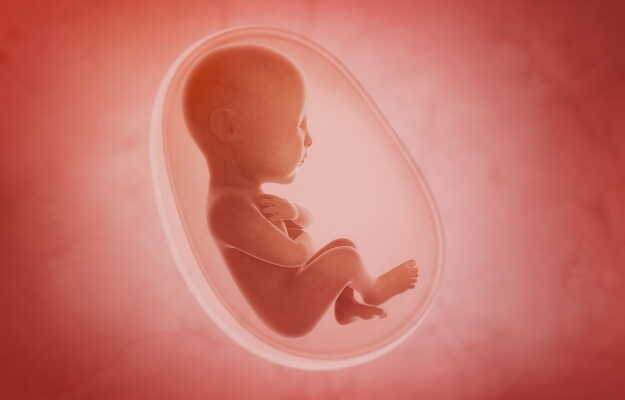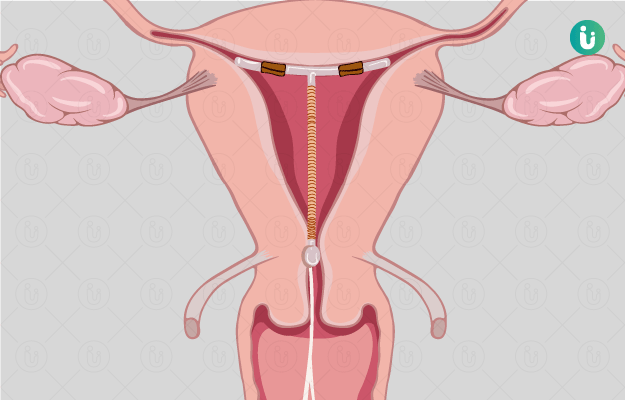Placenta plays an important role during pregnancy. This is a type of temporary organ, which is formed only during pregnancy. It is necessary for the nutrition of the baby in the womb. It works to keep the baby healthy and support it in every way. It would not be wrong to say that the placenta is a lifeline for the unborn child.In this article you will know what is placenta and how it works -
(Read more - Baby development in the first month after birth)













































